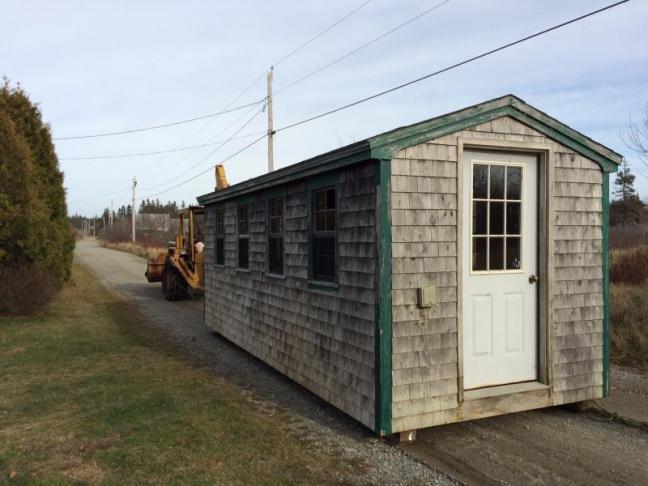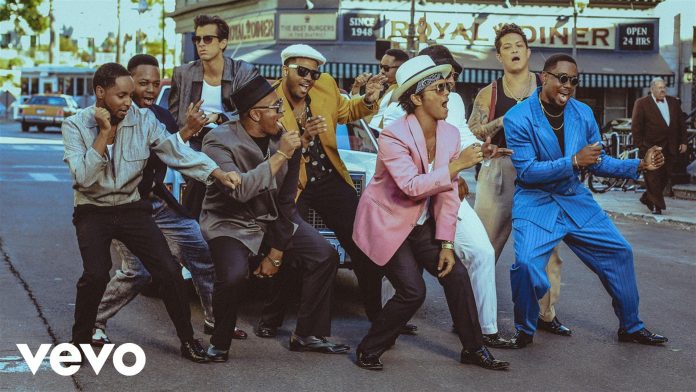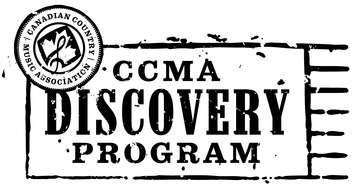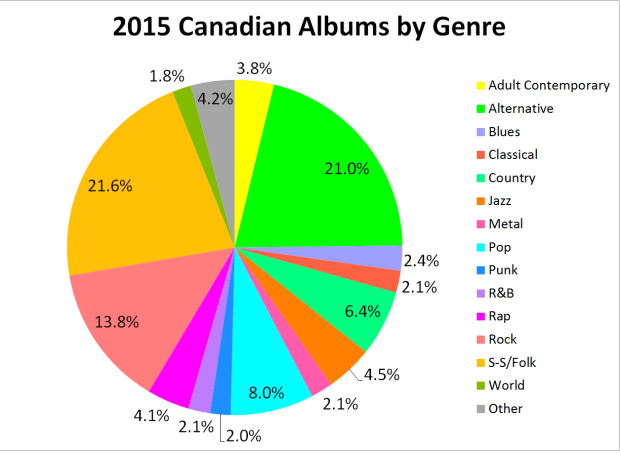On December 15, 2015, the Copyright Royalty Board issued its decision establishing non-interactive webcasting royalty rates for sound recordings in the 2016-2020 period. These rates represent a partial increase over the amount currently paid by digital radio services transmitting music via the Internet. In 2016, the rate for nonsubscription services is $0.0017 per performance, and for subscription services, it is $0.0022 per performance. For the remainder of the term (through 2020), the prices will be adjusted according to the Consumer Price Index.
Future of Music Coalition CEO Casey Rae made the following statement:
These rates aren’t exactly a lump of coal. Over the past decade, we’ve seen billions of dollars in revenue generated by the explosive growth in webcasting. The new rates will allow artists and independent labels to participate in this success at a higher level. The fundamental value of popular Internet radio services comes from music creators, and we are glad this has been recognized in a healthy rate increase for non-subscription Internet radio services. Creators can feel good about how payout is structured under the statutory license, where revenue splits between artists and labels are fair and transparent, and payment to artists comes direct from SoundExchange.
We are concerned, however, that there does not appear to be a distinction in rates for small commercial webcasters. Digital music benefits from diversity, and services with more modest operations often help developing talent and niche genres find audiences while contributing to the overall revenue pool. If there isn’t an option for new entrants to perform music from a broad range of artists, we may end up with a less diverse digital landscape.
It also appears that by combining pureplay and commercial rates, incumbent broadcasters will receive a sizable reduction in royalty obligations for their digital transmissions. Commercial terrestrial radio already gets an unfair advantage due to the fact that they are not required to pay performers a dime for over-the-air broadcasts. This is in stark contrast to the rest of the developed world. Congress should take swift action to close this loophole to support a positive global balance of trade and the equitable treatment of American creators. And artists and their allies should push back on consolidated corporate FM getting yet another unfair advantage.
SoundExchange issued the statement below in response to the decision:
SoundExchange presented a strong case on the fair market rate for music played by webcasters utilizing the statutory license. Our rate proposal used data from dozens of marketplace deals and was based on what willing buyers and sellers would agree to.
“Music has tremendous value and is the core foundation of the webcasting industry. It’s only fair that artists and record labels receive a market price when their music is used. We believe the rates set by the CRB do not reflect a market price for music and will erode the value of music in our economy. We will review the decision closely and consider all of our options.
“Additionally it is deeply disappointing to see that broadcasters are being given another unfair advantage. In their terrestrial business they do not pay a dime for the recordings they use and now this $17B industry will receive an additional huge subsidy on the music they use in webcasting.
“As music advocates, SoundExchange represents the entire recorded music industry and we remain united on the principle that recording artists and rights owners deserve a fair market rate when their music is used.
“SoundExchange appreciates the efforts of the CRB judges and staff throughout this process.
The National Association of Broadcasters Executive Vice President of Communications Dennis Wharton released his statement, too:
We are reviewing the CRB decision, but are pleased that streaming rates have begun to move in the right direction. Broadcasters want to expand into new distribution platforms; the challenge has been that rates are too high for thousands of local stations. We hope today’s decision alleviates some of the rate burden and will enable more radio stations to stream music, which will benefit artists, songwriters and our millions of listeners.









